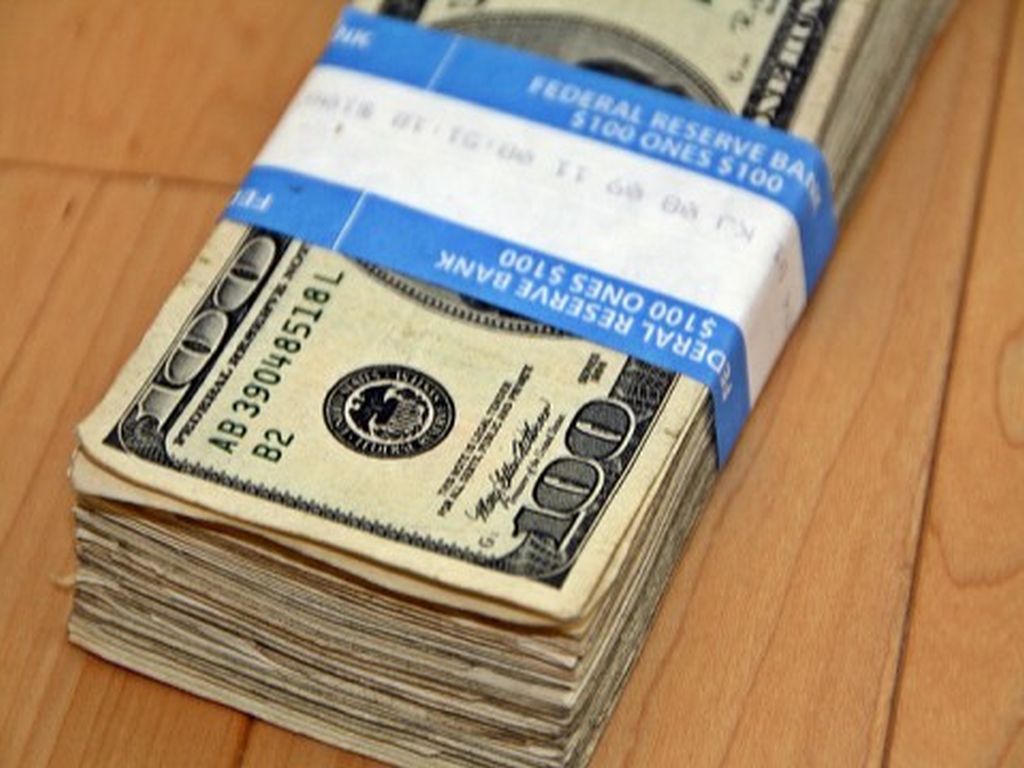It feels like every day we get another letter in the mail offering us the opportunity to get a new credit card. Most of them come with some kind of deal, which is usually 0% for six months if you balance transfer from your current credit cards. Some people give thought to using the process of transferring debt as a way to get out of credit card trouble. Can it work? Let’s talk about it.
 |
Any time your debt is at a low interest rate, it’s a good thing. Even when we talked about interest rates not always being the best option, when it comes to outstanding debt it’s always the best option… if you’re already in that position.
Let’s talk briefly about the benefits of balance transfers. The benefit of transferring debt to a lower interest rate card is that the amount of overall debt you owe will go up at a much reduced rate. If you have the capability of paying more on your credit card than the minimum, you could reduce your debt load much faster. If your debt is high you’re probably not going to pay it off before the free period ends, but you end up in a much better debt position overall.
If it were all so simple everyone would be doing it, and there are a lot of people who are doing it. What often happens is that people transfer to a lower interest rate card, which means they also have smaller payments they have to make. That’s so enticing that people feel they’ve gotten a second bonanza and only pay the minimum amount, using the extra cash for other things instead of paying down their debt. Credit card companies are counting on this because they want to build your debt up and extend it as much as possible.
Something else that people don’t pay attention to is what the interest rate will be after those six months, and some of the terms that come along with it. At least the federal government has put regulations into place that says these companies can’t jack up the interest rate on the outstanding balance… at least not immediately. If you’re behind on your payment just once, even by a day, they then have the right to jack up the interest on everything, and these days the going rate is 30%.
The last thing some people do is transfer their outstanding balance on one card to another, then either start using the new card or, even worse, add more to the card they just transferred their balance from.
To make this type of thing work takes discipline. If you don’t have it then you could end up in a worse position than you began with. You need to have a plan, and that plan has to include:
1. A faster way to pay down a big portion of your balance. At the very least, you need to try to pay at least the minimum payment balance amount that you were paying on your previous card, which was probably higher than your new card. That’ll bring your debt down somewhat, although it would be better if you could pay double the amount of your new payment each month.
2. A way to pay down other debt so it doesn’t grow while you’re concentrating on this one. This means you have to be strong and not use your other cards, or do anything else to put yourself in trouble that you can only get out of by using all off your new and previous credit options.
3. A budget to stay on track with your spending. You knew that budgeting word was going to come up, didn’t you? There’s no way for you to keep track of your finances without doing one.
4. Realizing that without changes, you’ll be in the same boat, only worse, in due time. Nothing to add to this one as it’s a warning on its own.
Just these 4 things can help you go a long way; unfortunately, they’re not easy for everyone to do. You know yourself, so hopefully you’ll make the wisest decision possible.

